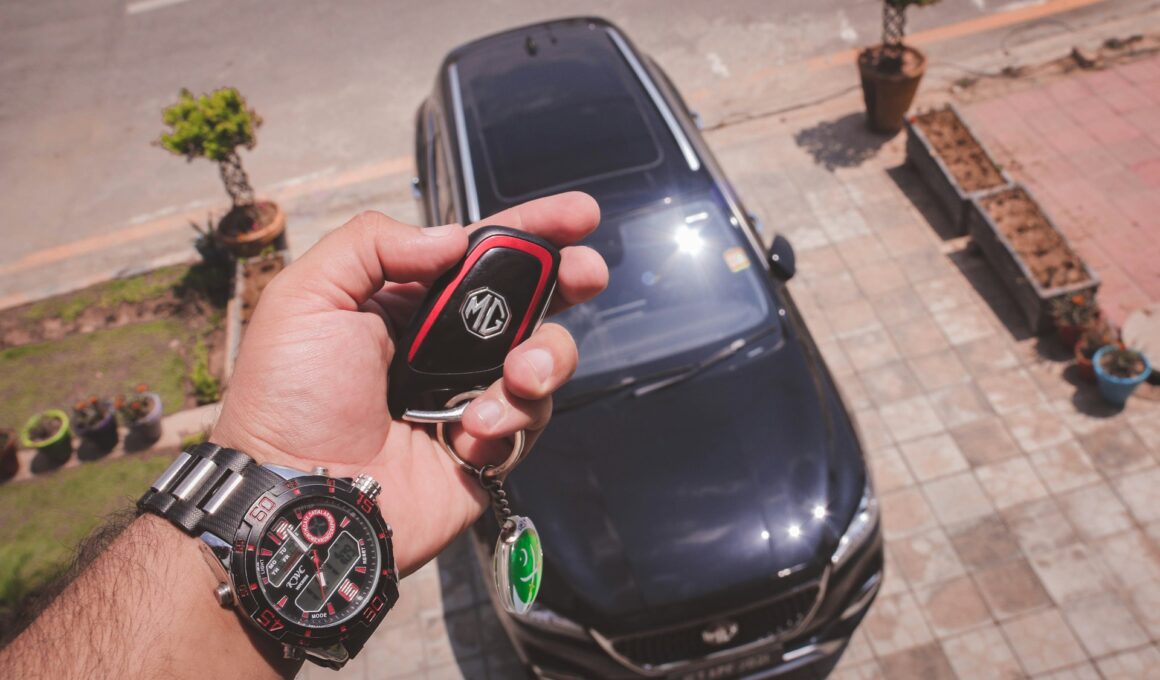The Road Ahead for Vehicle OwnershipIntroduction
The landscape of car ownership is on the cusp of a profound transformation as 2025 approaches. The combination of evolving market realities, persistent economic pressures, and rapid advancements in automotive technology is reshaping not only how people purchase vehicles but also fundamentally altering the concept of vehicle ownership itself. Consumers are now presented with an unprecedented range of choices, including traditional leasing and purchasing, as well as newer options such as subscriptions and shared mobility services. These choices reflect a dynamic environment that prioritizes adaptability and efficiency, responding to the ever-shifting needs and lifestyles of modern society. For those interested in the latest trends and developments in automotive solutions, consider learn more about adaptive options and resources available for car buyers in your area.
Traditional notions of car ownership are being challenged by a combination of rising expenses, environmental concerns, and a growing demand for more flexible alternatives to outright ownership. For instance, owning a car used to symbolize not only independence but also long-term financial investment. However, today’s consumers are increasingly willing to trade ownership for convenience, and potential car buyers are more likely to investigate the impact of their mobility decisions on both the environment and their personal finances. Collectively, these developments signal a decisive shift that all current and future car owners should consider as they plan for mobility in the coming years. This moment offers an opportunity to reflect on how transportation can best fit into modern lifestyles, prioritize sustainability, and deliver value.
Rising Costs and Financial Strain
One of the most significant forces driving change is the rising cost of car ownership. This issue has only intensified with fluctuations in global economics and persistent supply chain bottlenecks. The automotive sector has witnessed sustained increases in the prices of both new and used vehicles, resulting from a combination of inflation, limited inventory, and rising manufacturing costs. Insurance premiums and repair fees have also surged, stretching household budgets to their limits. According to recent industry data, more than one in four new vehicle trade-ins currently involve negative equity, meaning owners owe more on their existing auto loans than their cars are worth—a trend that has reached a four-year high. This negative equity cycle can trap consumers in burdensome debt and limit their mobility choices, making it ever harder for many to trade up or transition to more suitable vehicles. A recent New York Times article highlights how increasing car loan balances are putting additional stress on households, especially those with limited resources. Many families are finding themselves forced to rethink their approach to transportation, placing increasing value on cost transparency, lower up-front expenses, and short-term commitments.
Declining Interest Among Younger Consumers
For Generation Z and Millennials, car ownership is becoming less of a milestone and more of an option to weigh against an array of convenient alternatives. Social trends, shifting values, and exposure to new mobility models have significantly contributed to the decline in enthusiasm for car ownership among younger age groups. Notably, the share of new car registrations among adults aged 18-34 dipped below 10% in recent quarters, compared to 12% in early 2021. This downward trend is partly attributed to younger adults navigating a more costly financial landscape, characterized by higher tuition debts, rising rents, and stagnant wages in many cities. Furthermore, these populations are increasingly embracing urban lifestyles—or even remote work—where public and shared transportation offer flexibility without the long-term financial obligation of a personal vehicle. This demographic is more likely to value access and affordability over personal ownership than any previous generation. Digital-native consumers are also quickest to embrace app-based ride-sharing and subscription models, setting the stage for lasting generational change in how mobility is perceived and prioritized.
Emergence of Subscription-Based Models
In an effort to address these changing attitudes, automakers and startups alike are experimenting with subscription-based mobility services. These programs offer customers a monthly fee that bundles insurance, maintenance, and the freedom to switch models, thereby eliminating many of the headaches associated with traditional ownership. The contours of this new approach to mobility are shaped by the growing consumer preference for convenience and choice, mirroring familiar patterns seen in industries such as streaming and telecommunications. Notably, manufacturers like Volvo have already piloted successful programs, signaling a major move towards on-demand car access. This trend also connects to the ongoing shift toward electric vehicles, a change that promises to make transportation more accessible and sustainable, as discussed by the Natural Resources Defense Council. Subscription-based services appeal particularly to urban dwellers and professionals who may not need a vehicle year-round, but value having one for specific situations. Analysts suggest that these models appeal to consumers who value flexibility, reduced liability, and a streamlined experience similar to “mobility as a service.” The rise of short-term commitments, combined with transparent pricing, is helping to redefine how people engage with transportation.
Effect of Electric Vehicles (EVs)
The rapid adoption of electric vehicles is exerting its powerful influence on vehicle buying patterns. EVs promise substantial environmental benefits by emitting less carbon dioxide and other pollutants, and they also offer lower long-term running costs due to fewer moving parts and cheaper fuel. Yet, their higher up-front purchase prices have continued to create barriers, especially for cost-sensitive buyers. Nonetheless, as tax incentives are introduced and manufacturing scales up, more consumers are finding the switch to EVs within reach. With battery technology advancing and more automakers introducing budget-friendly models, analysts predict that EVs will soon become mainstream and begin to muzzle the dominance of conventional gasoline vehicles. Expanded charging infrastructure is addressing one of the biggest concerns for potential adopters—range anxiety—making electric options far more practical.
Environmental and Social Implications
These evolving modes of access and ownership come with broad environmental and societal advantages that extend beyond the immediate financial savings for individuals. Car subscriptions, shared vehicle programs, and increased EV use all help cut emissions, reduce urban congestion, and make better use of the existing vehicle fleet. As cars are utilized more efficiently, idle rates drop, and the total number of vehicles on the road could decrease, easing both environmental impact and urban resource requirements. Experts predict that this evolution will help cities move towards sustainability while reducing the personal financial risk traditionally carried by car owners. These collective shifts help societies tackle both climate and equity challenges, enabling broader access to mobility while building more resilient communities.
The Road Ahead for Vehicle Ownership
By 2025, the concept of car ownership is poised to be vastly different from the traditions of previous generations. Economic realities, evolving consumer priorities, and rapid technological innovations are converging to create a mobility landscape that emphasizes flexibility, sustainability, and efficiency. From subscription-based services to the mainstreaming of electric vehicles and the promise of autonomous fleets, the range of available options is broader—and more dynamic—than ever before.
For consumers, this moment presents an opportunity to reassess personal transportation through the lens of cost-effectiveness, environmental responsibility, and lifestyle compatibility. Whether adopting a shared mobility model, investing in an EV, or exploring on-demand services, the choices made today will shape how transportation systems evolve for years to come. The shift underway is not merely about vehicles—it’s about redefining the way people move, connect, and live in a rapidly changing world.


